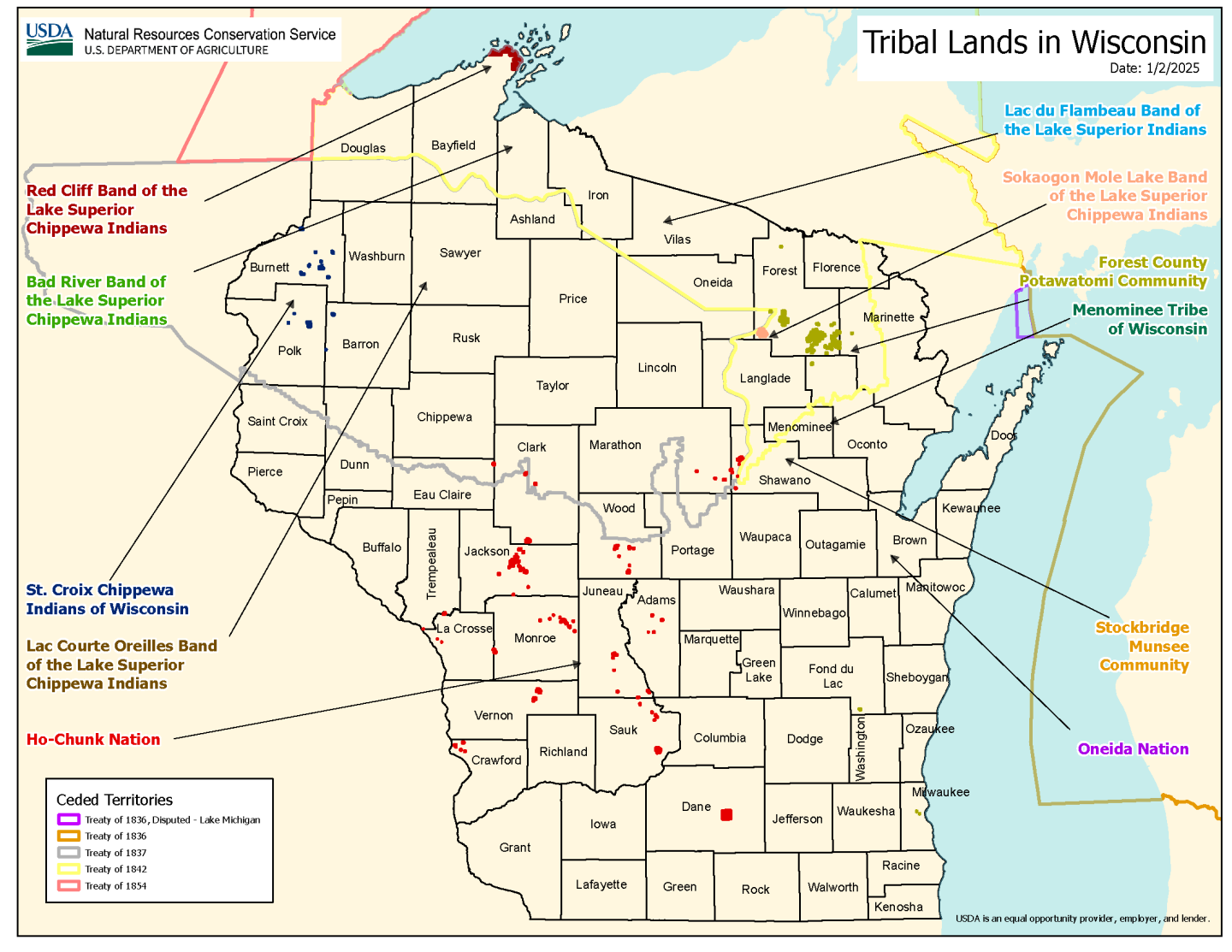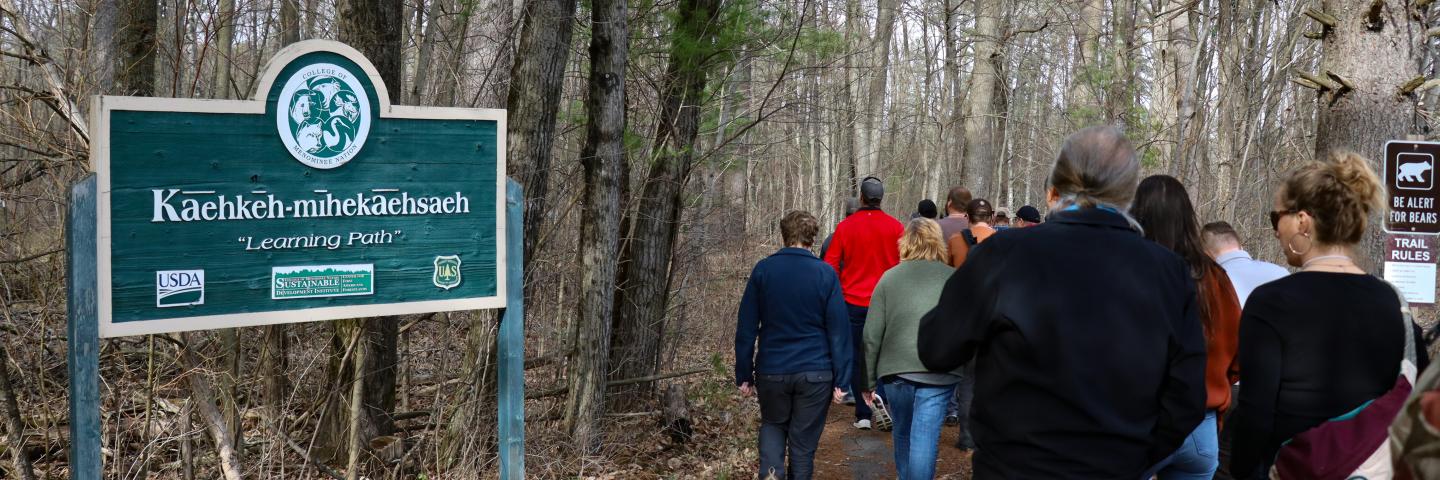
Consultation, coordination, and collaboration help NRCS programs better fit Tribal settings and increase program participation by Tribal Nations, Tribal agricultural producers, forest stewards, and landowners.
NRCS provides assistance upon request to Tribal Nations and Tribal Nation members, including but not limited to the following: Conservation planning on cropland, pastureland, and rangeland and assistance to apply rangeland management and improvement practices, irrigation water development structures and management, brush control, erosion control structures, agriculture, forestry, farmland protection, wildlife habitat improvement, and wetlands restoration.
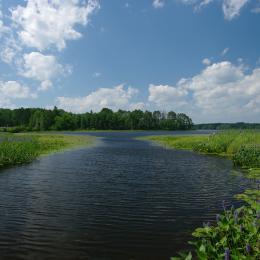
Tribes depend on the land to provide us with the gifts that the Creator created for us. Without these gifts, we wouldn’t be who we are, so we protect these lands.
NRCS Wisconsin Collaboration with Tribal Nations
Since time immemorial, Tribal Nations have been careful stewards of the land and waters of the area now known as Wisconsin. In recent decades, Tribal Governments have developed tribal government departments to better meet the agricultural and environmental needs of their lands, citizens, and future generations.
NRCS Wisconsin greatly appreciates the willingness of Tribal leadership and Tribal departmental staff to share their land stewardship knowledge and expertise with the NRCS. Recommendations from the eleven federally recognized Tribal Nations have strengthened and improved NRCS conservation practices, programs, and policies on a state and national level. Their patience, goodwill, and sustained commitment to collaboration has put the NRCS on a better path to meeting the agency’s Tribal Trust Responsibilities.
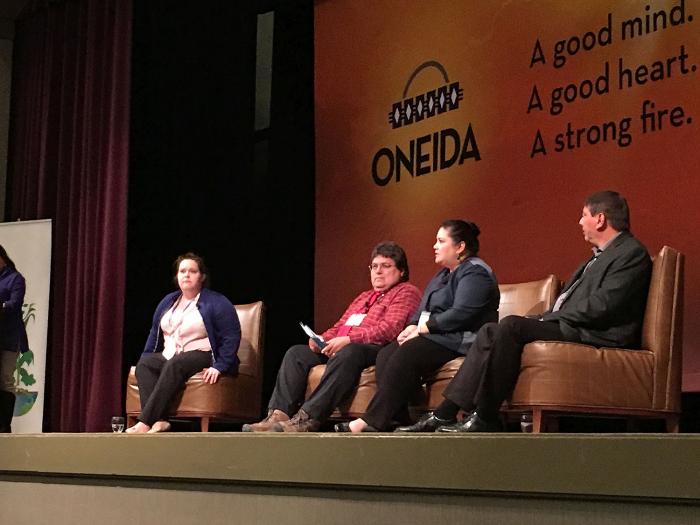
Tribal Trust Responsibilities
The United States has a unique government-to-government relationship with federally recognized Tribal Nations as defined through treaties, statutes, court decisions, Executive Orders, and Departmental Regulations. As an agency of the federal government, NRCS leadership and employees have the responsibility to engage in government-to-government consultation and collaboration with federally recognized Tribal Nations on policy development and program activities. The goal of these actions is to ensure that Tribal perspectives on the social, cultural, economic, and ecological aspects of agriculture, as well as Tribal food and natural resource priorities and goals, are heard and fully considered in agency decision-making processes.
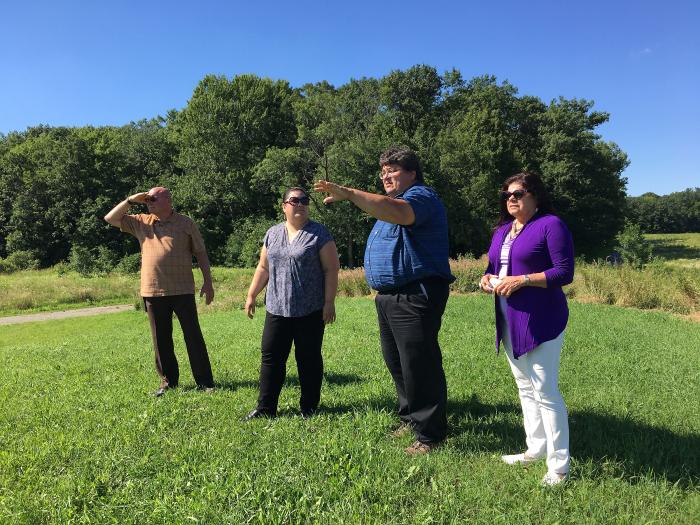
Tribal Consultation
American Indian and Alaska Native (AIAN) Tribal Nations and Tribal Nation members are eligible to participate in all NRCS programs and may have special status as provided by statute or regulation. The NRCS Wisconsin State Conservationist is the government representative with responsibility for Tribal consultation. Tribal consultation occurs most commonly to meet the NRCS cultural resources protection responsibilities under the National Historic Preservation Act. This Act defines Tribal consultation required when the NRCS is engaged in ground-disturbing activities. The State Conservationist is also responsible for carrying out Tribal consultation on policy, programs, and practices at the request of Tribal elected leadership.
NRCS Wisconsin Collaborative Outcomes
Consultation, coordination, and collaboration helps NRCS programs better fit Tribal settings and increase program participation by Tribal Nations, Tribal agricultural producers, forest stewards, and landowners. NRCS Wisconsin greatly appreciates the willingness of tribal departmental staff and other tribal subject matter experts to collaborate regularly with NRCS subject matter experts to develop recommendations for making NRCS conservation practices, programs, and policies more meaningful on tribal lands and within the Ceded Territories.
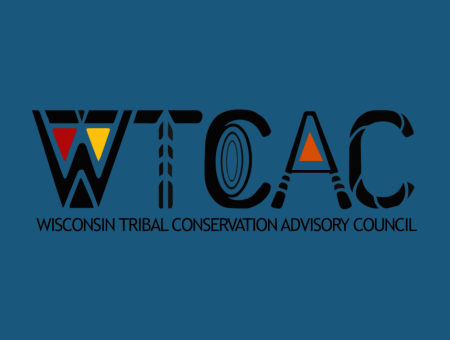
Wisconsin Tribal Conservation Advisory Council (WTCAC)
The USDA Natural Resources Conservation Service provides technical assistance and financial assistance to private landowners and operators, tribes and tribal members to assist them in protecting and improving natural resources such as soil, water, air, plants, and animals. Under the leadership Jean Buffalo of the Red Cliff Band of Lake Superior Chippewa, and NRCS State Conservationist Pat Leavenworth, in 2001 the Wisconsin Tribal Conservation Advisory Council (WTCAC) was formed in 2001. The Council provides a forum for the leadership and staff of the NRCS and the Tribal Nations to meet quarterly to discuss conservation issues and solutions. For over twenty years, the Council has been integral to the WI NRCS’s efforts to better meet its tribal trust responsibilities.
Tribal Nations Caring for Wetlands in Wisconsin
Select from the Playlist menu at the top right corner of the video below to watch all six Tribal Conservation in Wisconsin videos.
The Wisconsin Tribal Conservation Advisory Council, Wisconsin Wetlands Association, the U.S. Department of Agriculture Natural Resources Conservation Service of Wisconsin, the Mashkiiziibii Natural Resources Department and the Red Cliff Treaty Natural Resources Division partnered to release these Tribal Conservation videos, highlighting the wetland and watershed conservation work being done by the Oneida Nation, and the Bad River and Red Cliff Bands of the Lake Superior Tribe of Chippewa Indians in Wisconsin.
These videos continue to showcase the long-term landscape approach Tribes are taking to protect and manage water resources, mitigate flooding, enhance water quality and preserve vital habitats. Caring for these wetlands and watersheds not only serves to protect ecological balance but sustain their cultural heritage and way of life. A healthier, natural environment offers integral opportunities for Tribes to hunt, fish and gather what nature has provided. For more info on how Wisconsin Tribes are leading the way in wetland and watershed restoration, visit wisconsinwetlands.org.
NRCS Liaisons to Tribal Nations in Wisconsin
| Name | Position | Phone Number | |
|---|---|---|---|
|
Brian Briski
|
Acting NRCS Wisconsin State Tribal Liaison
|
||
|
Michael Blount
|
Bad River Band of Lake Superior Chippewa Indians
|
||
|
Michael Stinebrink
|
Forest County Potawatomi Community
|
||
|
Jon Field
|
Ho-Chunk Nation
|
||
|
Nicholas Besasie
|
Lac Courte Oreilles Band of Lake Superior Chippewa Indians
|
||
|
Michael Stinebrink
|
Lac Du Flambeau Band of Lake Superior Chippewa Indians
|
||
|
Sherrie Zenk-Reed
|
Menominee Tribe of Wisconsin
|
||
|
Michael Stinebrink
|
Mole Lake Band of Lake Superior Chippewa Indians
|
||
|
Sherrie Zenk-Reed
|
Oneida Tribe of Indians of Wisconsin
|
||
|
Michael Blount
|
Red Cliff Band of Lake Superior Chippewa Indians
|
||
|
Ron Spiering
|
St. Croix Chippewa Indians of Wisconsin
|
||
|
Sherrie Zenk-Reed
|
Stockbridge-Munsee Indian Community
|
References
- Executive Orders
- Executive Memoranda
- Memorandum on Government to Government Relations with Tribal Governments (April 29, 1994)
- Memorandum for the Heads of Executive Departments and Agencies, Subject: Tribal Consultation and Strengthening Nation-to-Nation Relationships, January 26, 2021
- Memorandum for the Heads of Federal Departments and Agencies, Subject: Guidance for Federal Departments and Agencies on Indigenous Knowledge, November 30, 2022
- USDA Departmental Regulation
- USDA Department Regulation (DR) 1340-002, Consolidating USDA Agencies’ Services on Indian Reservations (August 6, 1991)
- USDA Department Regulation (DR) 1340-007, Policies on American Indians and Alaska Natives (March 14, 2008)
- USDA Department Regulation (DR) 1020-005, Native American Working Group (October 3, 2008)
- USDA Department Regulation (DR) 1350-002, Tribal Consultation, Coordination, and Collaboration (January 18, 2013)
- NRCS Policy and Guidance Documents
- NRCS General Manual Title 410 Rural Development Part 405 American Indians and Alaska Natives
- National Instruction Title 190 Part 315 Tribal Ancestral lands Consultation Under the National Historic Preservation Act – Guidance for NRCS Employees. (July 2018)
- NRCS Guidebook – Tribal Consultation, A guide for NRCS Employees (May 2009)
- NRCS Guidebook – Indigenous Stewardship Methods and NRCS Conservation Practices. (August 2010)
- Agreements
- MOU Between the BIA, FSA and NRCS. November 2019.
- NRCS Nationwide Programmatic Agreement with the ACHP and the NCSHPO. March 2019.



